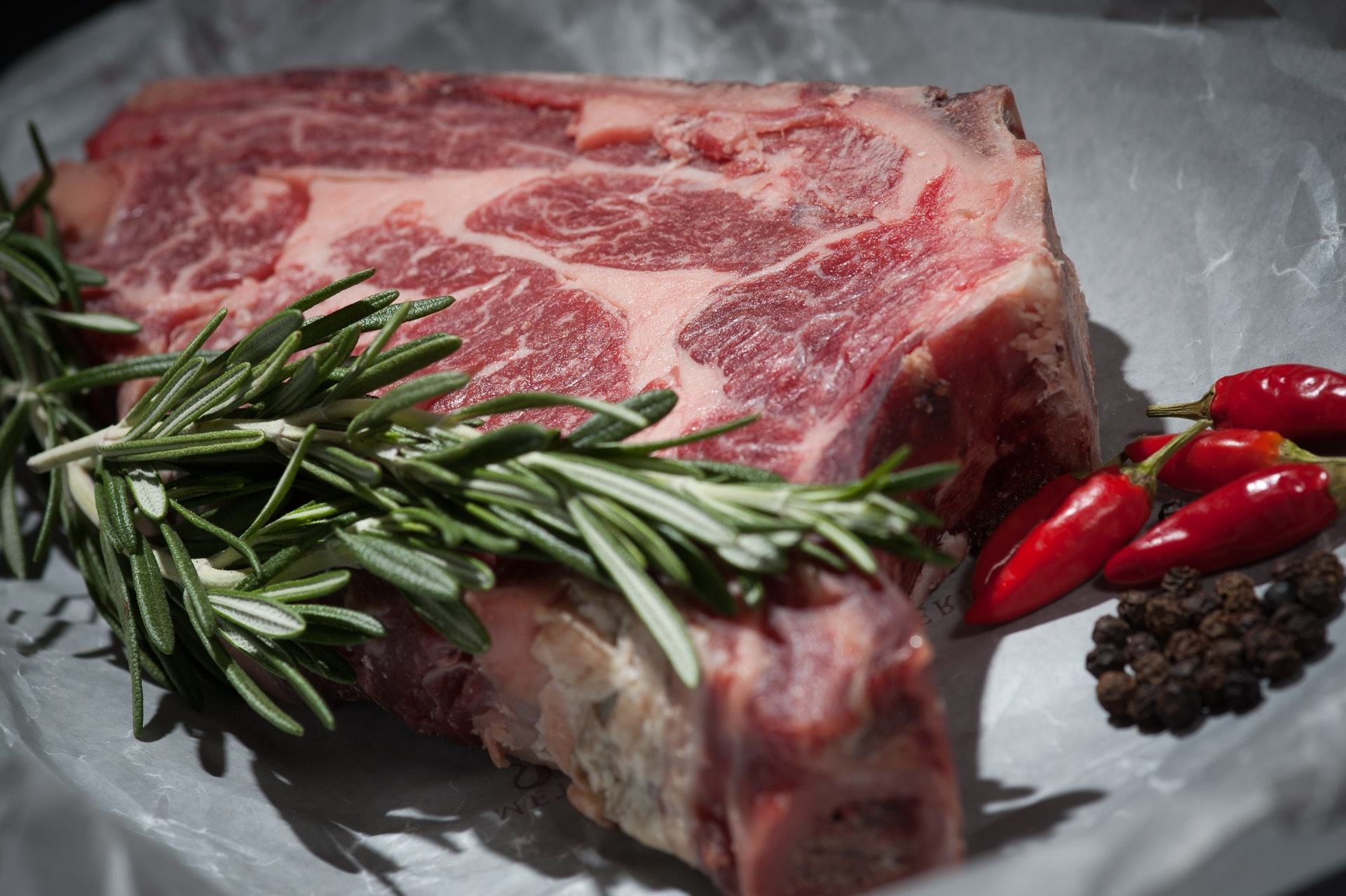Certain dairy and meat products from animals can be important sources of nutrients, providing a high-quality protein in addition to a variety of minerals and vitamins. One of these benefits includes a compound called Conjugated Linoleic Acid (CLA).
CLA is an exciting compound that research has shown to have numerous potential benefits for human health, including potent cancer-fighting properties. Let’s take a closer look at what Conjugated Linoleic Acid is and how it works in the body.
What is CLA? How is it made?
All dairy and meat products from animals contain a certain amount of fat. There are hundreds of different kinds of fatty acids (the smallest fat unit when broken down and digested). Some of these fatty acids are essential, and humans must ingest them in our body to have these, such as Linoleic Acid. One of these many fatty acids found in dairy and meat products is CLA.
CLA is found in ruminant animals (aka grazing animals like cows). Grazing animals have a drastically different digestive system than humans, including having several compartments in their stomach to complete digestion. One of those compartments is called the rumen. Inside the rumen, there are rumen microbes that initiate the first step of digestion in these animals and, more importantly for humans, begin the biosynthesis of conjugated linoleic acid.
Research has shown a high amount of antioxidant activity in CLA, indicating that this fatty acid might be protective against inflammatory states like heart disease, diabetes, and cancer. What is even more interesting is that there is a drastic difference in CLA quality when comparing an animal that is grass-fed vs. an animal fed a conventional diet. Research has shown that when ruminant animals are raised and grass-fed with fresh pastures, their products contain 3 to 5 times more CLA than products from animals fed a conventional diet.
The reasoning behind this is actually quite simple – if you understand how CLA is made in animals. This CLA quality change is because grain-based diets reduce the pH of the digestive system, which then affects the growth of the rumen microbes that produce CLA.
CLA Health Benefits
Let’s take a deeper dive into the health benefits of CLA.
The excitement around conjugated linoleic acid comes from its anti-carcinogenic and anti-cancer effects. While much of the research on CLA has been in animal models, promising studies show that CLA can reduce new tumor growth and destroy existing tumor cells in cancers such as colon, ovarian, leukemia, melanoma, and breast tumors. Other studies in animal models have shown that CLA can help reduce plaque build-up in the arteries (atherosclerosis) and even help improve immune function.
While more research studies need to be conducted to clarify CLA’s role within the human anatomy, Conjugated Fatty Acids clearly show some promising health benefits. If anything else, CLA’s can help Americans gain a different perspective on the relationship between food, health, and agriculture.
Snap Kitchen has a wide variety of beef meals, which contains CLA, such as our Korean BBQ Meatballs and Ranch Burgers. To view all of our offerings, click here.
For additional resources, check out these articles:
A Review of Fatty Acid Profiles and Antioxidant Content in Grass-Fed and Grain-Fed Beef
The Role of Conjugated Linoleic Acid in Reducing Body Fat and Preventing Holiday Weight Gain





Leave a Reply
No Comments